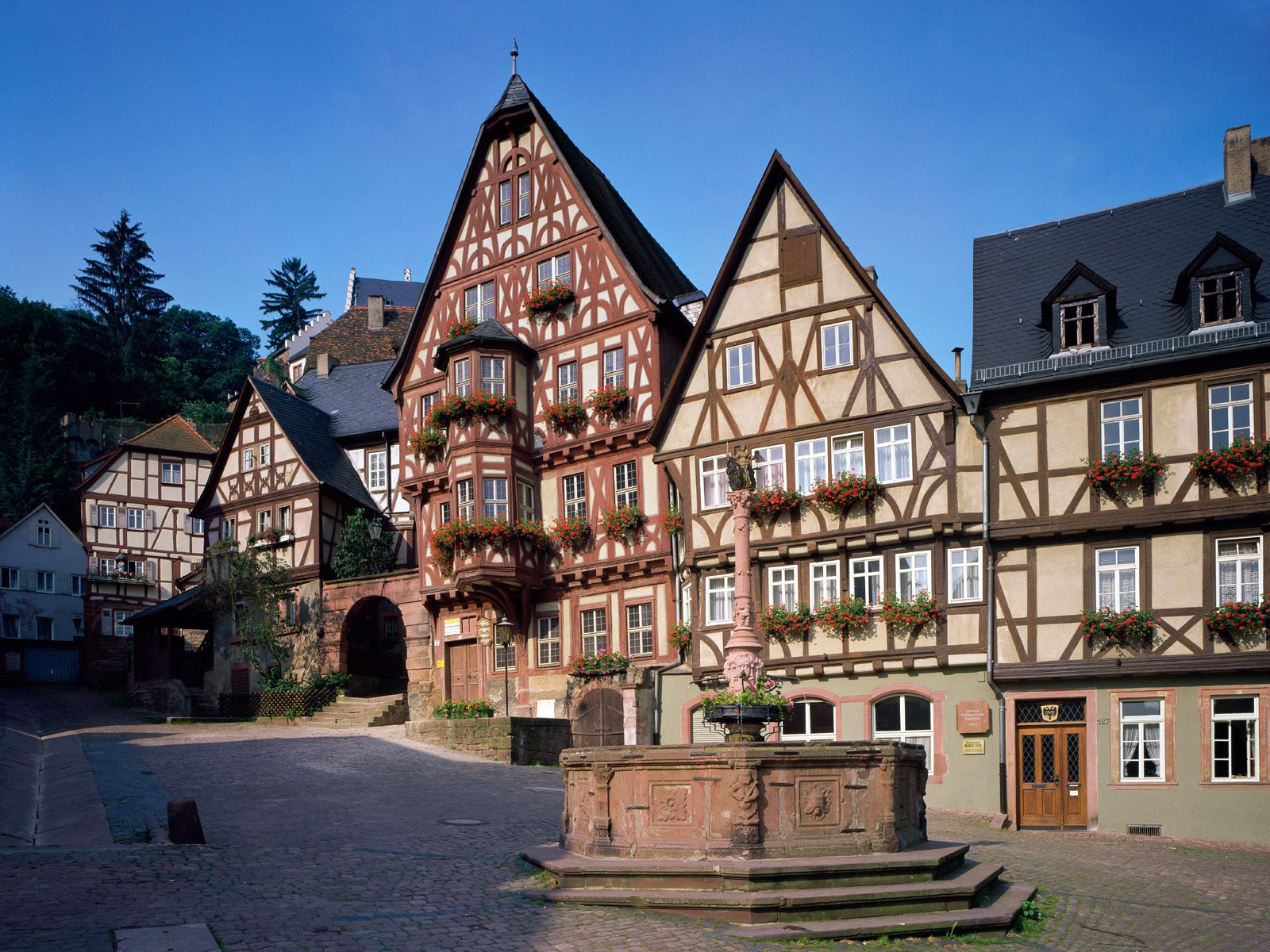Global Travel Information
Painted Desert, USA
The Painted Desert: A Masterpiece of Nature in the American Southwest
Stretching across the rugged landscape of northern Arizona, the Painted Desert is one of the most mesmerizing natural wonders in the United States. With its vibrant hues of red, orange, pink, and purple, this vast expanse of badlands looks as though an artist has meticulously brushed layers of color onto the earth. Spanning over 93,500 acres within the Petrified Forest National Park, the Painted Desert is a geological marvel that tells a story millions of years in the making.
A Geological Canvas
The Painted Desert’s striking colors are the result of sedimentary rock layers rich in iron and manganese compounds, which oxidize over time to produce a spectrum of warm tones. The Chinle Formation, dating back to the Late Triassic period (around 225 million years ago), is largely responsible for the desert’s dramatic palette. Each layer represents a different era, with shades shifting from deep reds to soft lavenders depending on the mineral composition and lighting conditions.
Erosion plays a crucial role in shaping this ever-changing landscape. Wind and water continuously sculpt the soft sedimentary rocks, carving out mesas, buttes, and hoodoos that give the desert its otherworldly appearance. The interplay of light and shadow at sunrise and sunset intensifies the colors, making the desert seem almost surreal.
A Journey Through Time
Beyond its visual splendor, the Painted Desert is a treasure trove of prehistoric wonders. The Petrified Forest, located within the same national park, contains some of the most extensive collections of fossilized wood in the world. These ancient trees, which once thrived in a lush, tropical environment, were buried under volcanic ash and silica-rich groundwater, turning them into stone over millions of years.
The area is also rich in fossils of early dinosaurs and other Triassic-era creatures, providing scientists with invaluable insights into Earth’s distant past. Visitors can explore these remnants at the park’s Rainbow Forest Museum or along the many hiking trails that wind through the fossil-laden badlands.
Cultural Significance
Long before European settlers arrived, the Painted Desert was home to Indigenous peoples, including the Ancestral Puebloans and the Navajo. The Navajo, or Diné, refer to the area as "Adahooniłigii"—meaning "the place where the colors run"—reflecting their deep spiritual connection to the land. Petroglyphs and ruins scattered throughout the region serve as silent witnesses to the civilizations that once thrived here.
For modern-day Native American communities, the Painted Desert remains a sacred space. The Navajo Nation, which borders the national park, continues to honor the land through storytelling and traditional practices. Visitors are encouraged to respect these cultural ties by staying on designated trails and refraining from disturbing artifacts.

Exploring the Painted Desert
One of the best ways to experience the Painted Desert is by driving along the 28-mile scenic route through Petrified Forest National Park. Key viewpoints include:
- Tawa Point – Offers panoramic vistas of the desert’s layered hues.
- Painted Desert Inn – A historic landmark built in the 1920s, now serving as a museum showcasing Pueblo Revival architecture and Native American art.
- Blue Mesa – A surreal landscape of blue-gray badlands and petrified wood formations.
- Newspaper Rock – A site covered in hundreds of ancient petroglyphs.
For those seeking a deeper connection with the desert, hiking trails like the Painted Desert Rim Trail provide an up-close encounter with the terrain’s intricate textures and colors. Backcountry camping is permitted with a permit, allowing adventurers to witness the desert’s transformation under the stars.
Preserving a Fragile Beauty
Despite its harsh appearance, the Painted Desert is a delicate ecosystem. The same forces that create its beauty—erosion and weathering—also make it vulnerable to human impact. Park regulations strictly prohibit the removal of petrified wood or fossils, as even small disturbances can accelerate erosion.
Climate change poses another threat, with increasing temperatures and shifting precipitation patterns altering the desert’s fragile balance. Conservation efforts focus on minimizing human footprint while educating visitors about sustainable tourism.
A Desert Like No Other
The Painted Desert is more than just a scenic attraction—it’s a living museum of geology, paleontology, and cultural history. Its ever-shifting colors remind us of the Earth’s dynamic nature, while its ancient fossils whisper secrets of a world long gone. Whether you’re a photographer chasing the perfect sunset, a hiker exploring hidden trails, or a traveler seeking solitude, the Painted Desert offers an unforgettable journey through time and color.
As the sun dips below the horizon, painting the rocks in fiery shades, one can’t help but feel humbled by the sheer artistry of nature. In this remote corner of Arizona, the land itself becomes a masterpiece—one that continues to evolve with each passing century.
相关文章
- Elbe River Archaeological Sites: Ancient Finds Near the Water
- Elbe River Botanical Gardens: Flowers & Plants Along the Banks
- Elbe River Zoos & Aquariums: Family Fun Near the River
- Elbe River Amusement Parks: Rides with River Views
- Elbe River Camping Spots: Pitch a Tent by the Water
- Elbe River Glamping Sites: Luxury Camping Along the Banks
- Elbe River RV Parks: Stay in Your Camper Near the River
- Elbe River B&Bs: Cozy Accommodations with a Personal Touch
- Elbe River Hostels: Budget Stays for Young Travelers
- Elbe River Business Travel Guide: Meetings & Events Near the Water
发表评论
评论列表
- 这篇文章还没有收到评论,赶紧来抢沙发吧~


